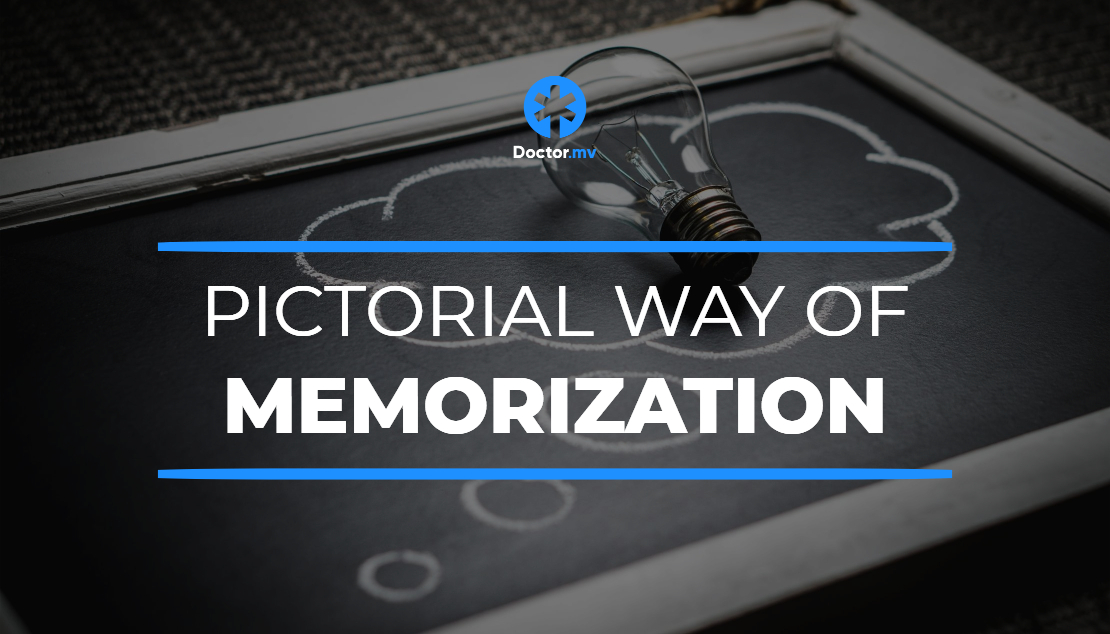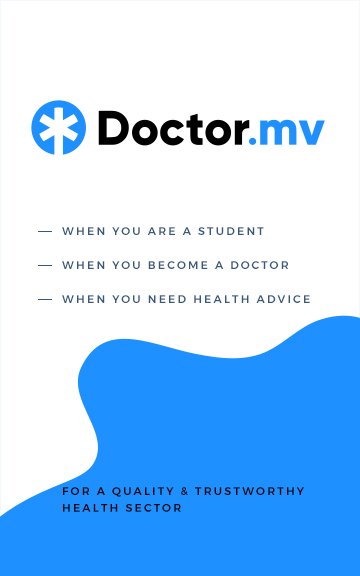
According to a 2010 article published in Scientific America, the memory capacity of the human brain was reported to be equivalent to 2.5 petabytes or 2.5 million gigabytes of digital memory. Using the computer as an analogy, imagine the countless data which includes videos, audio, games, and documents that are synonymous with 2.5 million gigabytes of storage, and you will see that it is a lot.
Therefore, it is fair to say that none of us should think of ourselves as dumb or not capable of storing vital information in our brains. This thought is offensive to the marvel which is the human brain, where its impressive abilities are absolutely unfathomable.
Medical school is not an easy road, that's for sure. It is full of trials and tribulations that not only drain us of our physical strength but also our mental strength in the process.
But, what is the most challenging aspect of Medical school?
You, like many of us, will probably say that it is the memorizing, retaining and recalling of the vast amount of information that we need to know.
Memorization can be viewed as a daunting and mind-numbing task. Pouring over many books, trying to commit a lot of information to memory, does not seem fun.
Luckily, in this article, I will outline the art of Pictorial Memorization so that you can improve on both your memorizing and recalling ability while having fun at the same time.
Draw
Your pencil is like your magic wand! Wield it and bring many images to life. By doing this you will appeal to both your visual and tactile learning ability at the same time. The movement of the pencil on the paper will be easily remembered if you are a tactile learner and the visual representation of the information will suit a visual learner. So, in which ways can you apply this?
One example is when you are studying pathology and the topic is Pneumoconiosis. If you want to remember that asbestos is usually used in the construction and shipyard industry, then make a little boat and a little building right beside or underneath the text.
Another example, for remembering the diverse number of morphologies and pathologies of organs and tissues found both in Histology and Pathology, is to draw it yourself. Even though there are many images and diagrams available in this topic, the act of creating the images yourself will create a lasting impression on your brain.
You can draw and create images in any subject, in order to remember any information that is brought your way.
Researches & Studies
A research was conducted by Jeffrey D. Wammes, a fellow in Psychology at the Yale University. It was published in the Quaternary Journal of Experimental Psychology 2016.
He and his team observed a phenomenon which they referred to as the “drawing effect”. The occurrence states that drawn words were better recalled than the ones written. In other words, sketching certain information results in it being memorized more effectively than simply writing it down. And this is due to the multi-sensory nature of the activity.
In addition to that, there is another strategy that you can employ to retain large amounts of information during lectures and meetings. Sunni Brown described this as “sketch noting” and uses “applied visual thinking”. Therefore, by “mindlessly” doodling, “you’re helping your brain to stay present in the meeting,”
Another study that corroborates this theory was in a 2009 study led by a psychologist, Jackie Andrade. He proved that those who doodle during a recording retained 29 PERCENT more information than those who simply listened.
Thus proving that drawing not only helps retain more information and build your knowledge while studying, but also helps you grasp more information during lectures.
Some important points to remember
Stay organized:
Create the drawings nearby to its corresponding text. This way you will be able to understand the drawings and information when revising your notes. If you are short of space, then consider using sticky notes. Also, make sure that you do not lose your precious work, as that will be a waste of time and may be discouraging.
Draw tiny drawings:
These can be rough drawings and does not have to be 100% accurate. However, if you require more details in your drawings such as anatomical diagrams, then create a larger drawing, but remember that it will require more time.
Study beforehand:
Aim to study before an exam or test, so that you can not only reap the optimal benefits but also there will be less hassle during the process.
Repetition:
Obviously, revising particular information will strengthen your memory. Just be sure to revise the same drawings each time you revise, and you will see that it takes less time, to go through the text.
Aid of Diagrams & Photographs
Let's talk specifically about Anatomy, a subject in Medicine that is concerned with the visual structure of the human body.
NEVER DO ROTE LEARNING FOR ANATOMY! Why? Rote learning is referred to as the habitual and mechanical learning of a subject. This principle will rob you of the chance to grasp and explore the essence of anatomy. You have to not only have to learn but also study the structure of the human body.
One day, in this profession, you will serve and treat the living human being. Which is why it is fundamental to make use of diagrams and photographs when studying anatomy so that you can become a capable doctor.
Even if you use physical models when teaching the subject at your college, please remember to use an atlas while self-studying.
As mentioned earlier, information which you visualize, you will easily comprehend and retain for longer periods of time. While, if you merely read the text, you are bound to forget it.
Recall
Often times, you spent countless hours reading and revising notes, sacrificing hours of sleep in the process. Despite this, an apprehensive question that still seeps into our minds is,
"What are the chances that I will be able to recall what I have learned so far?"
In a stressful situation such as an exam, you will have to fish deep into our memory so that you can remember the information that you studied weeks before or even crammed last minute. Unfortunately, for many of us, this is just not possible and we are left feeling defeated and anxious.
Believe me, if you had taken the opportunity and drew something close to the text, then you would not be faced with this problem. Recalling the entire information that you read would have been much easier since you don’t have to remember the fine text but rather the funny image that you drew that relates to the information.
You will have flashbacks of what you drew resulting quicker recall time and effortless recollection of even the finer, intricate details. Furthermore, this is also true if you used diagrams and pictures instead of drawings,
Give these methods a try so that you will experience a drastic boost in your memory.
Which of these methods do you think will impact you the most?



Leave a comment
0 Comments